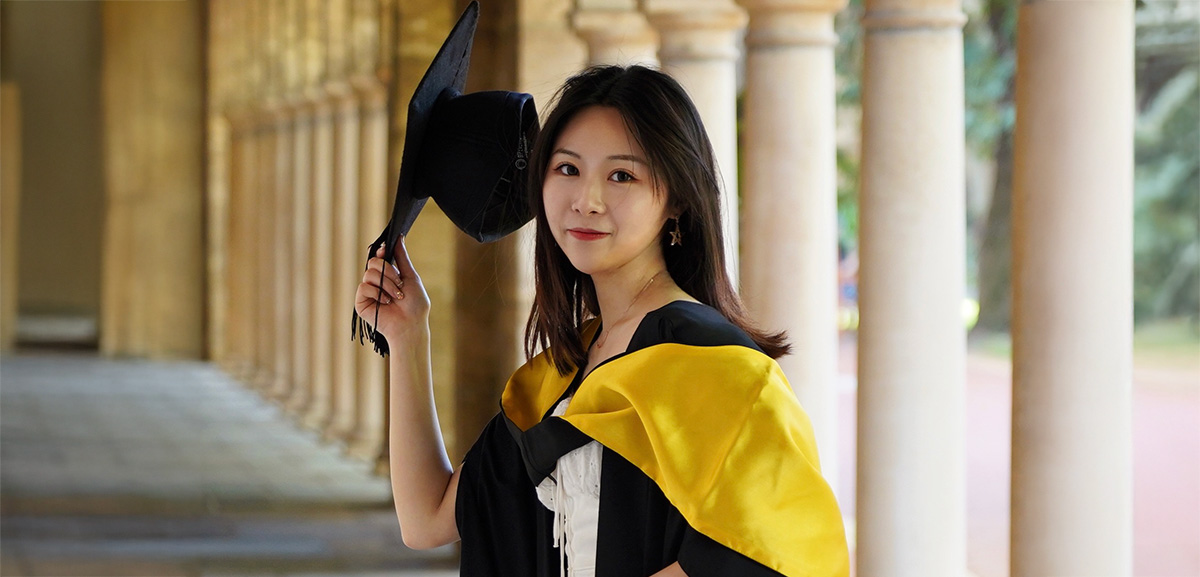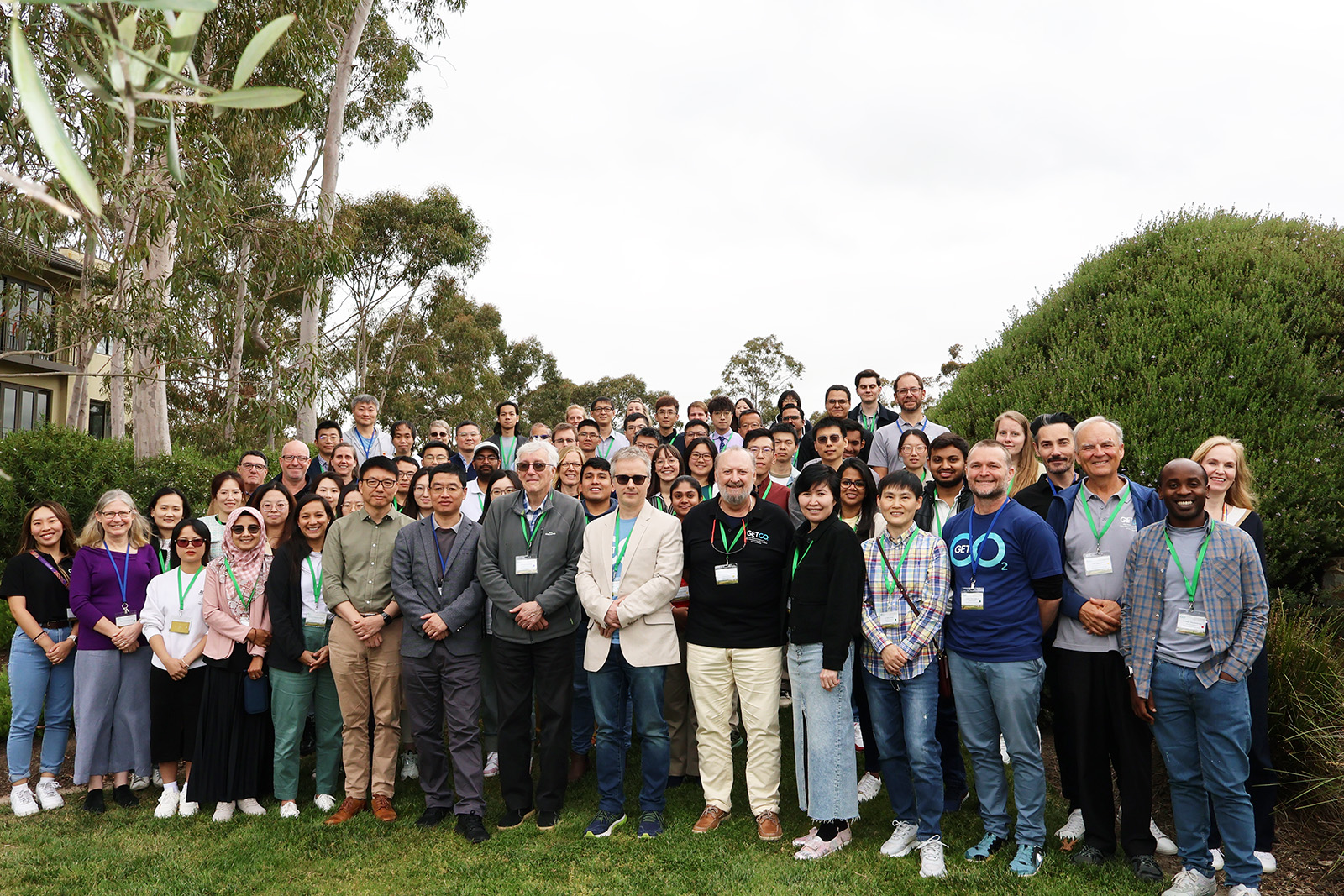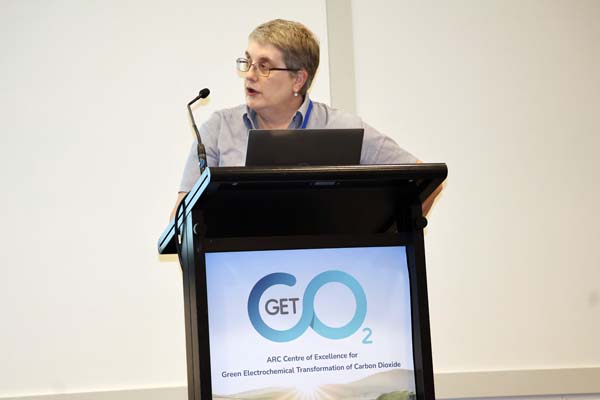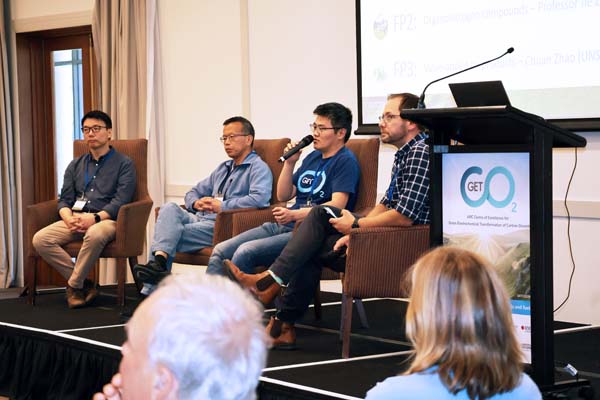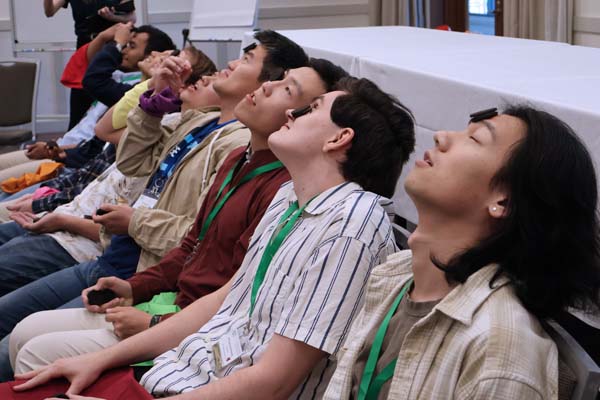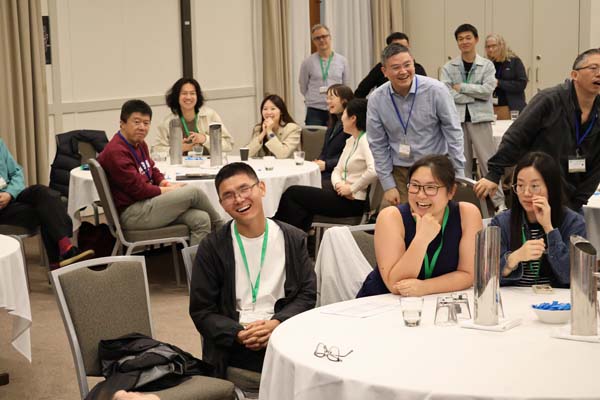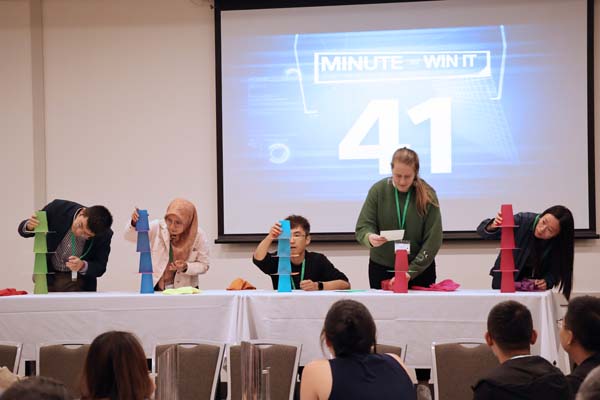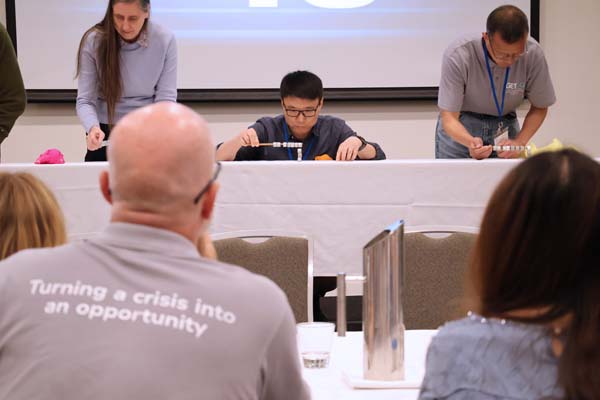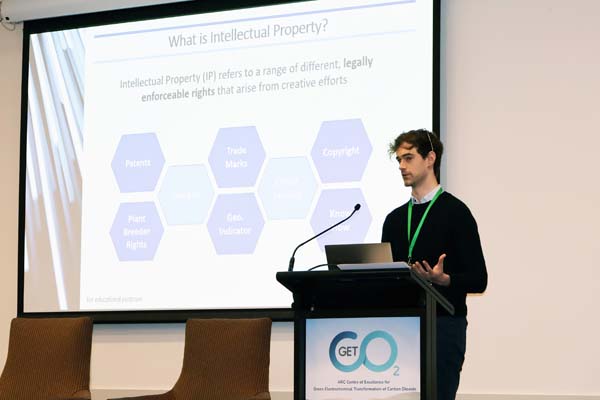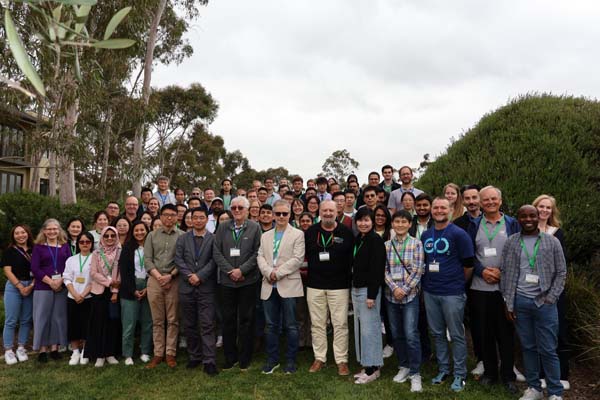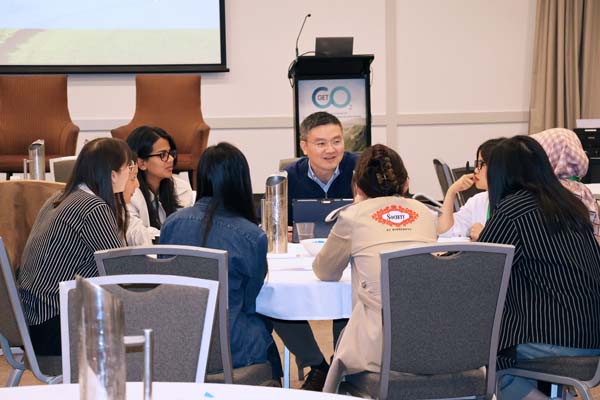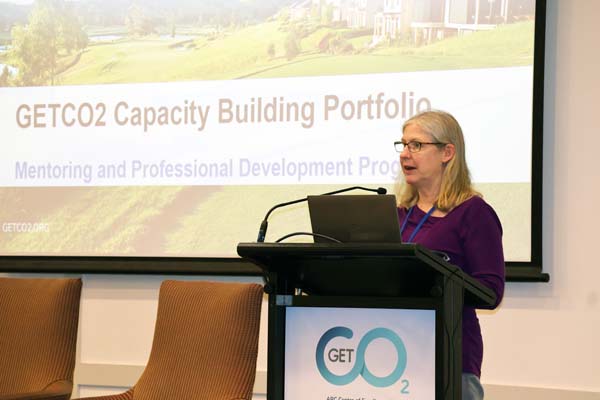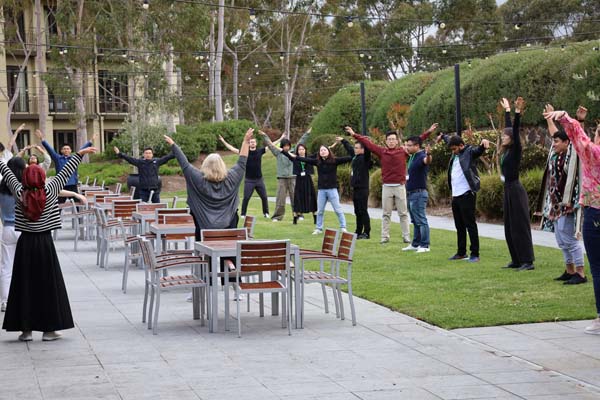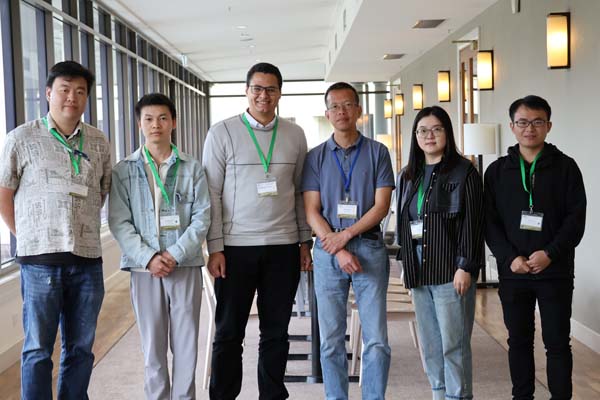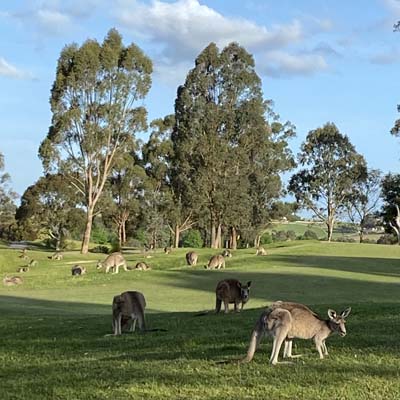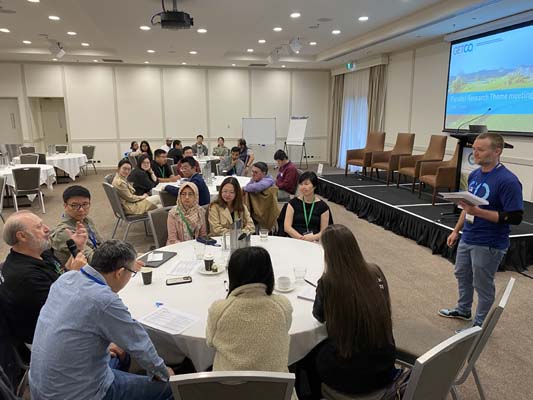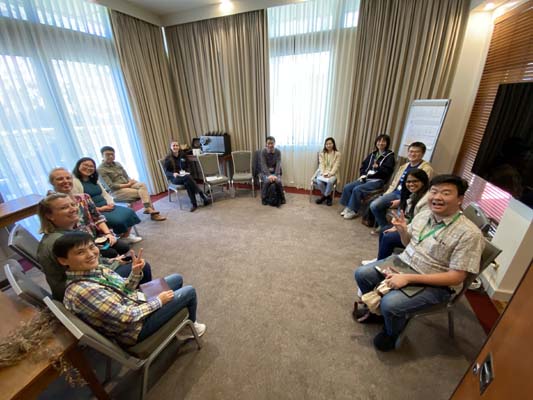Ruirui Liu is a PhD candidate from UNSW under the supervision of Prof. Chuan Zhao. Her research area is in Single-atom catalysts and device systems for CO2 reduction. She is designing a single-atom catalyst to address the mass transfer limitations in CO2 reduction reactions. Ruirui’s work has already shown promising results, and moving forward, she aims to scale up and translate her research into industrial applications.
What are you working on at the moment?
Currently, I’m working on designing a hierarchically porous single-atom Nickel (Ni) catalyst with nanoconfined ionic liquids for enhanced mass transfer in CO2 electroreduction. Although there has been progress in the design of single-atom catalysts, the simple single-atom structure limits the number of available active sites. Given that CO2 reduction is a complex three-phase reaction, the restricted number of active sites further challenges effective mass transfer across the three phases. Therefore, we are looking at combining porous engineering with surface modification as an effective strategy.
This approach improves the accessibility of active sites and enables more active sites to participate in the reaction. It also enhances the CO2 diffusion and ions transport during the process, which increases the electrochemical performance even further.
Which of GETCO2’s Research Themes does it fit into and how?
My work fits into Theme 2 – Catalyst. For this work, we focus on developing advanced catalytic materials to make CO2 electroreduction more efficient by improving mass transfer and reaction kinetics. The innovative design of the single-atom Ni catalysts with ordered hierarchical porosity and confined ionic liquids solves a key challenge of mass transfer in electrocatalysis, achieving high activity, selectivity, and stability. This aligns perfectly with the goals of the Catalyst Research Theme, which aims to push the boundaries of catalyst design for sustainable CO2conversion.
What do you enjoy the most about this?
It’s exciting to see how small structural adjustments can lead to significant improvements of mass transfer during the CO2reaction process, thereby improving reaction efficiency and selectivity. Also, contributing to sustainable energy solutions and addressing global challenges makes the work meaningful and rewarding.
What is the key challenge you are trying to overcome?
I think the biggest challenge for me is synthesising the materials. We need a highly uniform template to control the hierarchically porous structure effectively, but it is difficult to maintain precise experimental conditions.
Are there any technology applications or problems that your work might play a part in solving?
In our work, we develop a hierarchically porous single-atom Ni catalyst with nanoconfined ionic liquids that possess the CO2 enrichment capability. Accordingly, we conducted tests under diluted CO2 concentrations. The results show that, at low CO2 concentrations, this material significantly enhances the CO partial current density compared to the normal single-atom NiNC. This discovery highlights the crucial role of the catalyst’s CO2 enrichment capability and showcases its significant potential to solve the challenges of low activity and selectivity in CO2 electroreduction under low CO2 conditions.
Are there other GETCO2 members who might be able to help or you could collaborate with?
I hope we get an opportunity to collaborate with Assoc Prof. Tom Rufford and Prof. Xiwang Zhang. Beyond catalyst design, the development of a new device system and the anion exchange membrane is equally crucial for enhancing CO2 diffusion and ion transport to improve overall performance. Looking ahead, I would like to optimise the CO2 electroreduction system by integrating our designed catalyst with advanced electrolysers and membranes, further achieving industry-level performance.
